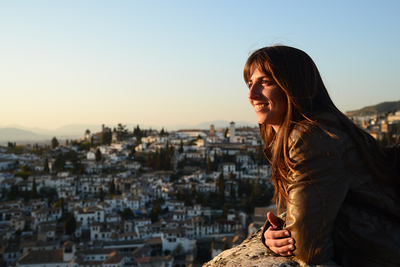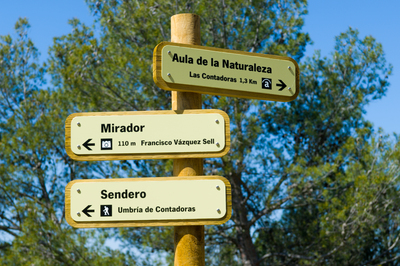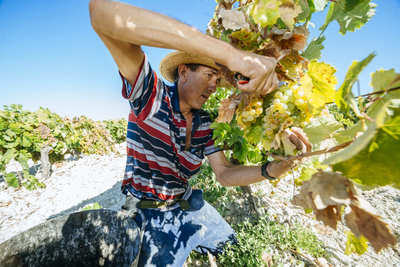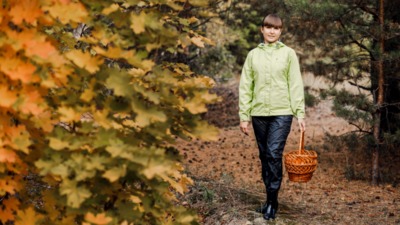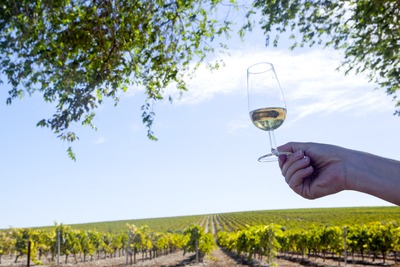Rock Art of the Mediterranean Basin
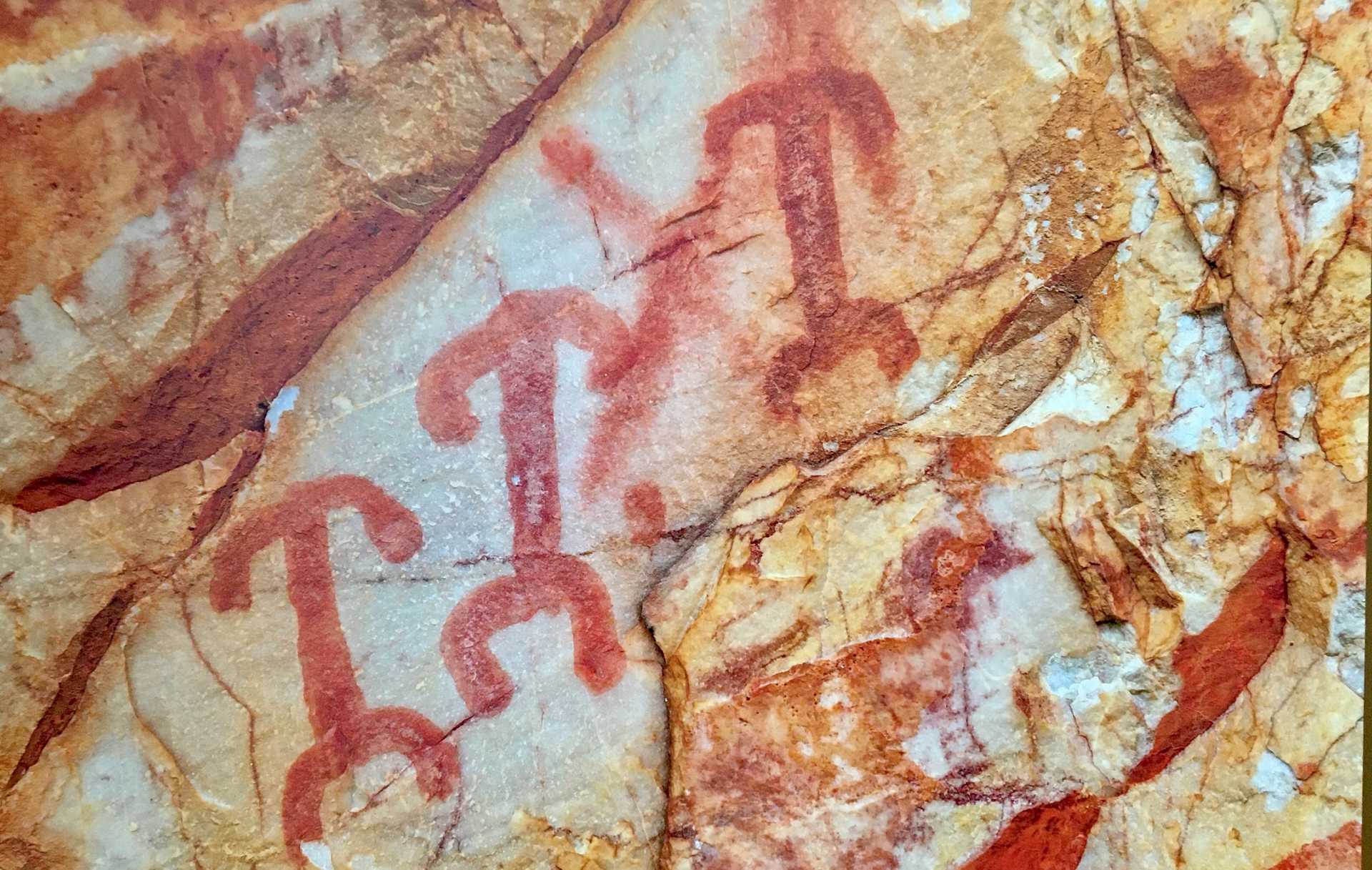
Andalusia shares this important world heritage with other Spanish autonomous regions. This rock art in our region is located in the easternmost provinces – Jaén, Granada and Almería – in 69 sites, grouped geographically in four places: Comarca de los Vélez/Altiplano (Almería and Granada), and those of Sierra Morena, Quesada and Sierra de Segura (Jaén).
The Rock Art of the Mediterranean Basin is a unique cultural expression due to its theme, technique and conceptual components, distributed throughout different various areas in the east and centre of Spain: Andalusia, Catalonia, Murcia, the Valencia Region, Aragon and Castilla-La Mancha.
These cave paintings were given the World Heritage status by UNESCO in 1998 and they depict outlines of humans, animals, stars and symbols. They evoke and tell us about part of the daily life of the last hunter-gatherer cultures in European Prehistory, and also tell us about the environmental richness of these societies and their complex and mysterious spirituality.
Region of Los Vélez and Granada Altiplano
In the mountainous massif of Sierras de María-Los Vélez, in the north of the province of Almería, you can find the Ambrosio Cave Natural Monument. This limestone cave, where humans went at certain times to renew their stone tools, displays on its walls an interesting set of paintings from the Upper Palaeolithic, drawn with very scattered strokes. The most outstanding painting is a spectacular red ochre horse, which can be distinguished perfectly from the rest of pictures.
In this same region we also find the Cave of Los Letreros. In this large cave you can find 174 figures in five groups. There are many human figures, many of them made up of two triangles, and numerous animals: deer, goats, etc. Here you can also see the Indalo, or sorcerer, a symbol of the province.
And in the Granada Altiplano area, specifically in the municipality of Huéscar, you can find the Piedra del Letrero or Los Santos Mártires (Holy Martyrs). The locals have always interpreted that the red stains are the blood of the saints Alodia and Novilona. It is a small natural cave, with various paintings depicting human figures, several schematic suns, as well as stars, combs, lines, dots and spots. You will also be able to spot a few animals, in this case, fish.
Sierra Morena
The post-Palaeolithic prehistoric society left in the Jaén municipality of Aldeaquemada a veritable open-air museum, a priceless art gallery made up of 19 sites.
One of the most representative caves, Tabla de Pochico, is located about two kilometres from Aldeaquemada, very close to Cascada de la Cimbarra Nature Area, and is made up of three panels. It contains animal figures such as goats and deer, lines and strokes in different shades of red and ochre. Other sites of interest can be found here, such as Poyo Inferior de la Cimbarra, Mosquitos Cave, Poyo de en Medio de la Cimbarra and Cimbarrillo del Prado de Reche.
Nearby there are other important World Heritage cave art sites, such as Mina Cave, La Hoz Gorge, Prado del Azogue and Los Arcos Cave. There are other caves not listed by UNESCO, but still of great interest, in the neighbouring Despeñaperros Nature Reserve, with sites such as Vacas de Retamoso, Los Órganos and Collado de la Ginesa.
Cave Paintings in Quesada
The town of Quesada in Jaén has 22 cave painting sites. And one of the places where there is a wide range of cave paintings, from the Eneolithic to the Bronze Age, is the Encajero Cave. In this rocky cave, specifically on its entrance slopes, fragments of pottery, made on a wheel and manually, have been found. On the cave walls there are schematic paintings, with a Levantine aspect, engravings and cups. Interestingly enough, there is a three-turn spiral.
Sierra de Segura
In Sierra de Segura, specifically in the Zumeta and Río Frío valleys, you can also find exceptional remains of cave art. The most important sites are the caves of Engarbo and Cañada de la Cruz, and Collado del Guijarral cave. The first one, which is on the front of a large rocky wall, depicts different scenes with bulls, deer and humans, hunting and fighting, and some wounded animals.
The Cañada de la Cruz cave, facing south-southwest, has two groups of motifs. The first one depicts fight scenes and archers, a deer and a female figure, painted using linear strokes, in a naturalistic and semi-schematic style. The second group is made up of dark red and light brown branching lines.
The Collado del Guijarral or Poyo de los Letreros, a rocky wall over forty metres high, has branching, bilobed and halteriform shapes, lines, and schematic human and animal figures. Here you can see three canids – wolves or dogs – of different sizes, and a caprid. We can also highlight two archers in shooting position and several hidden idols.

